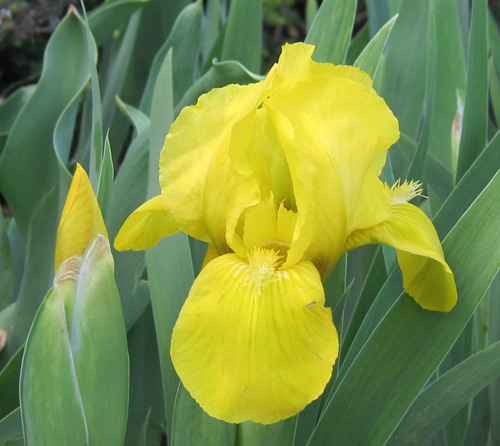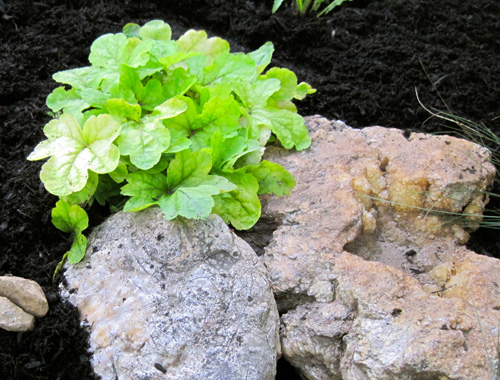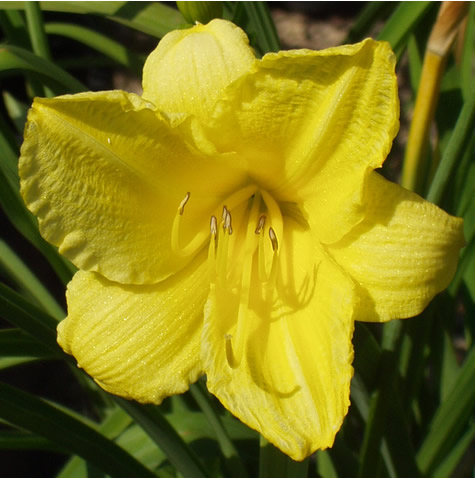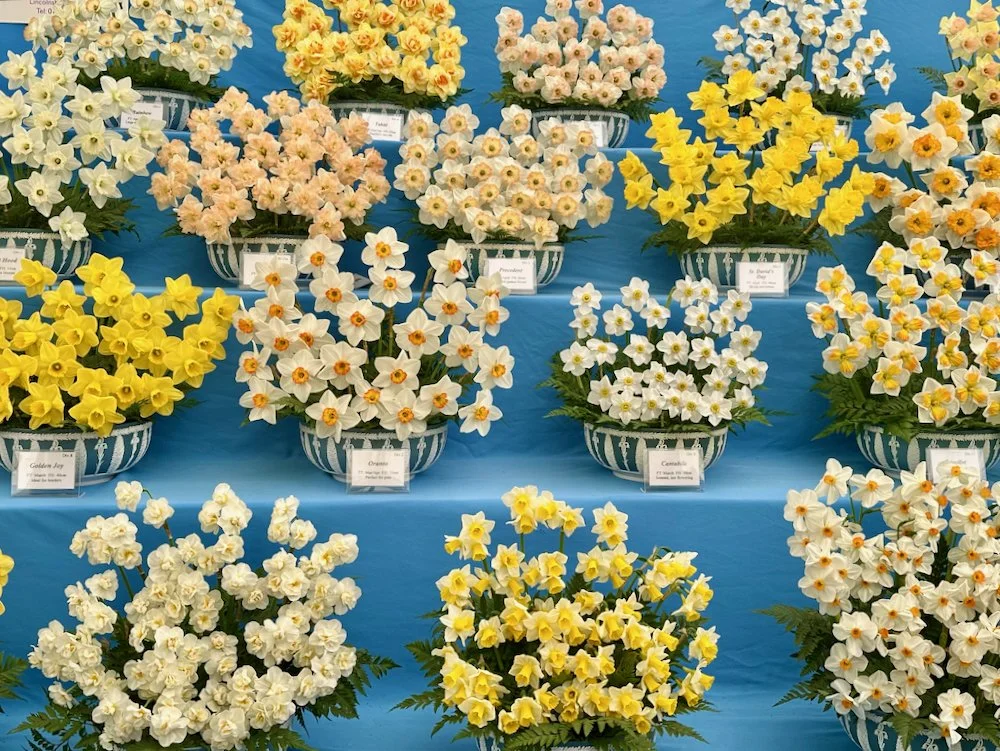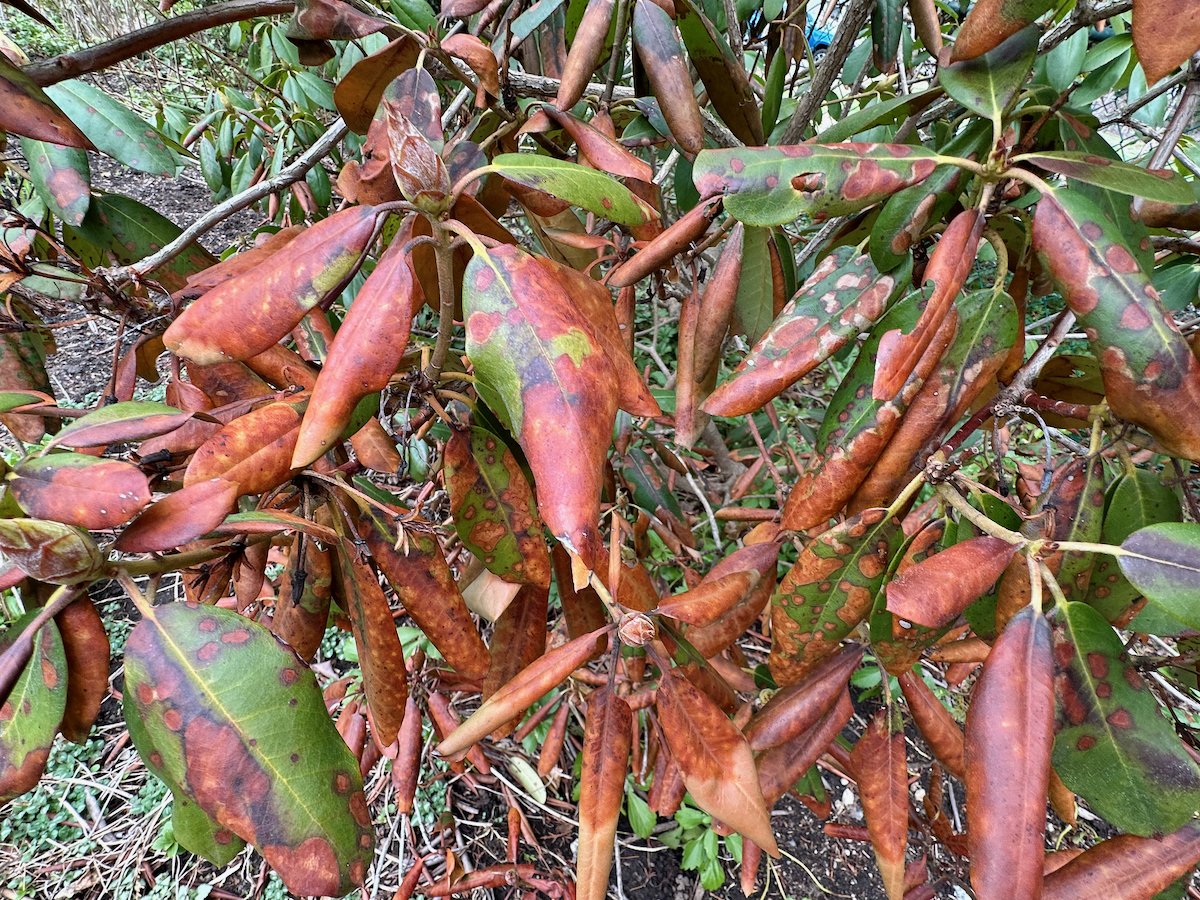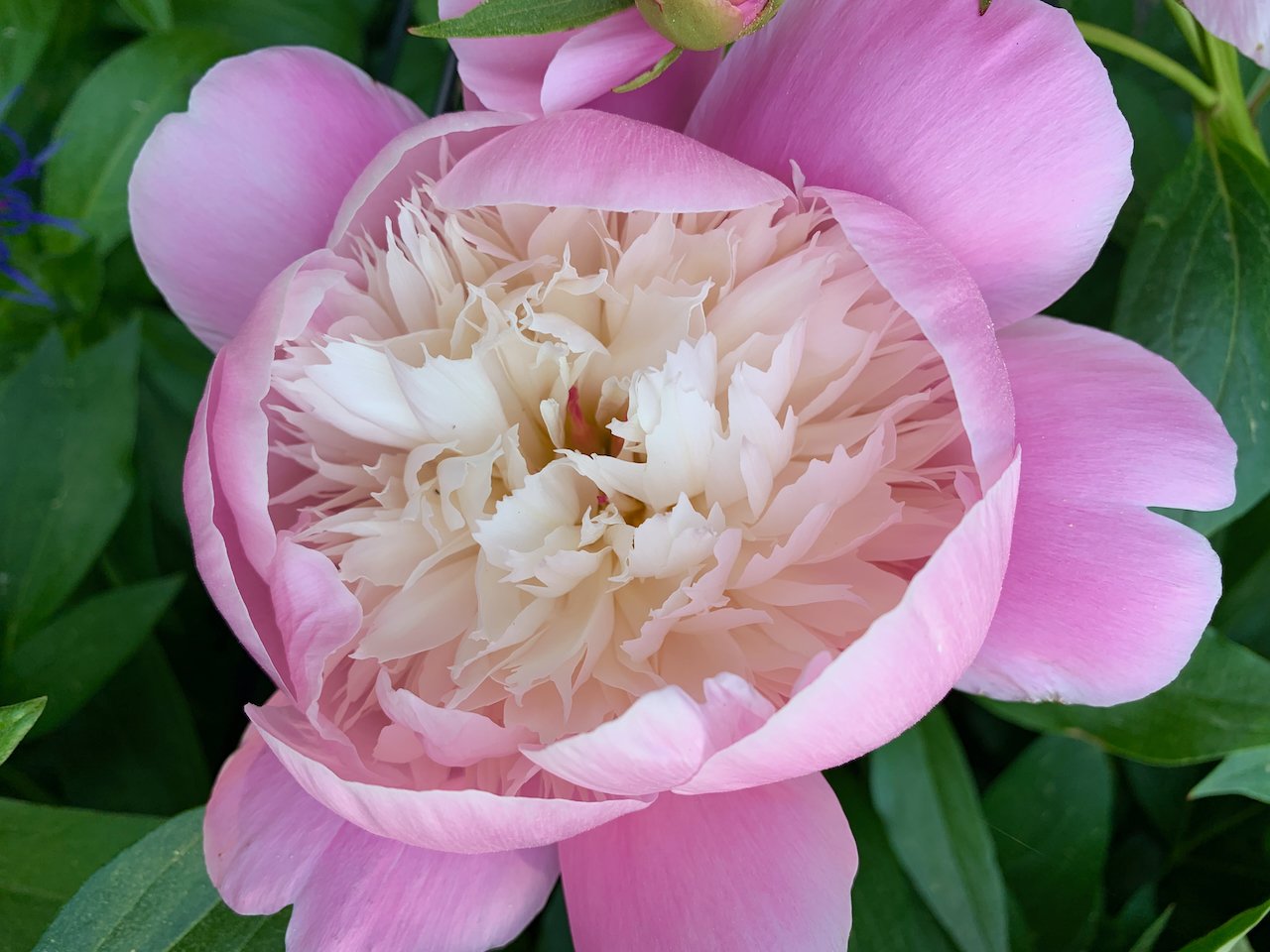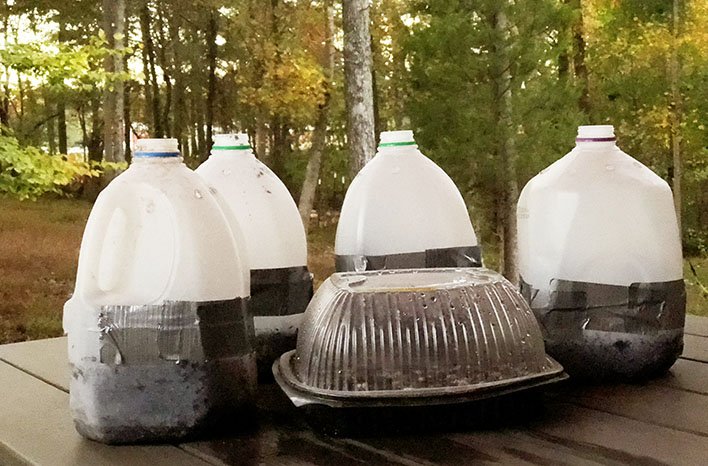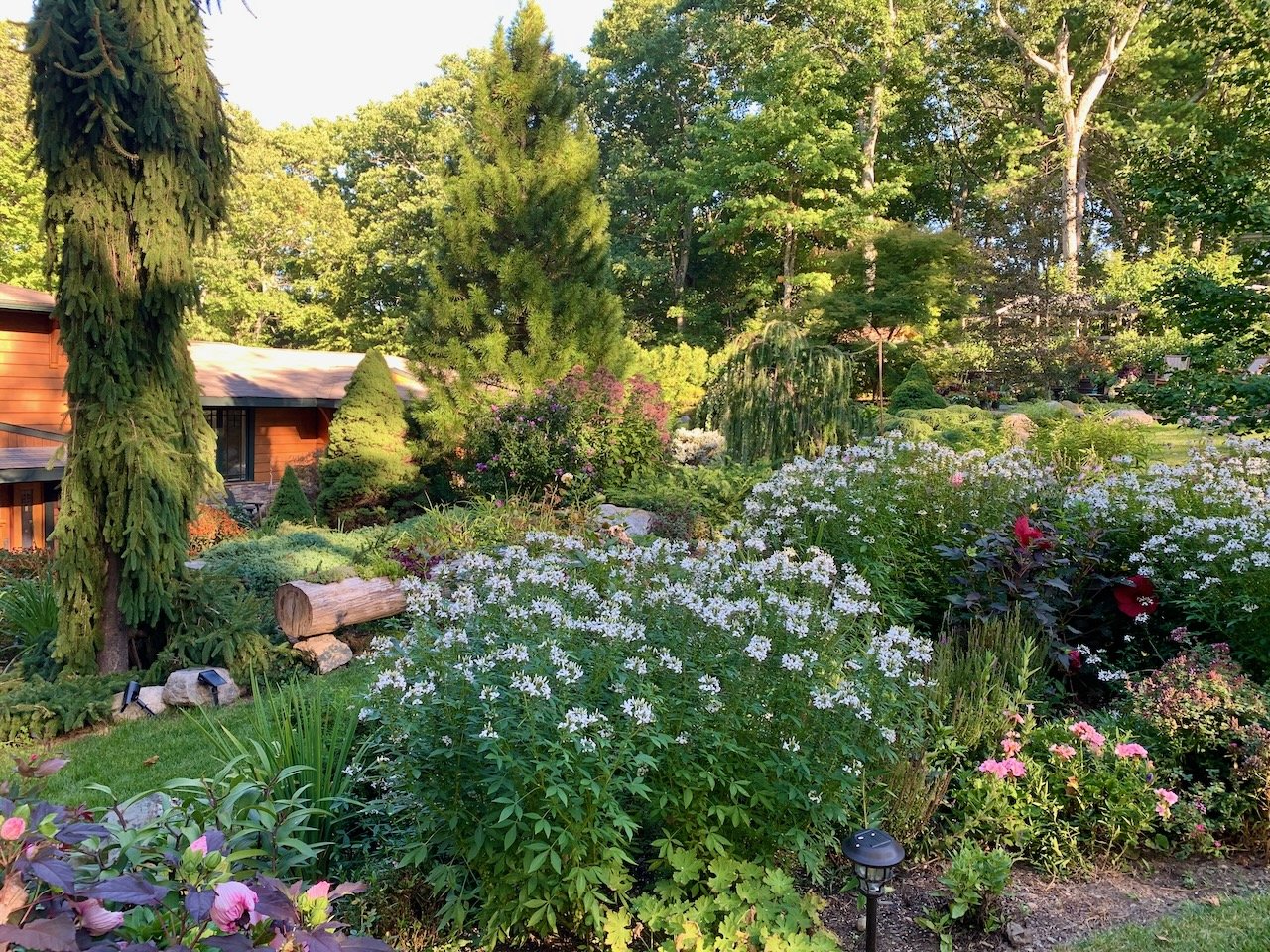Hortulus Farm – Where History and Horticulture Meet
/I discovered Hortulus Farm quite by accident, browsing the internet for interesting places to visit on my way home from Philadelphia. It turned out to be a terrific discovery, truly “off the beaten path” - a place I will return to on future trips to the area.
Located in beautiful Bucks County, Hortulus Farm is a historic homestead with beautiful gardens and a large nursery. The heart of Hortulus Farm is the Isaiah Warner house, a classic Pennsylvania stone house built in the mid 1700s. It is surrounded by two immense dairy barns and other outbuildings that were added in the mid 1800s when the farm operated as a large dairy. The current owners, author Jack Straub and garden designer Renny Reynolds, acquired the property in 1980. and set about the restoring the buildings and creating the present garden.
Hortulus Farm’s 100 acres of gardens are based in part on English models, but American in personality. They take their inspiration from American architecture as well as our native woodlands that surround the more formal gardens close to the house. Meandering paths and gracious alles pass between ponds and over bridges, connecting more than 20 individual gardens that surround the “village” of buildings at the center of the property. These include a breathtaking woodland walk, lush flower borders, a raised-bed potager, herb gardens and a stunning pool garden, all enhanced with hedges, topiary, statuary, follies and water features.
When you visit Hortulus Farm, you are immediately impressed by the pastoral beauty of the landscape, the gracious layout of the gardens, and the animals that call the farm “home”. Set amongst the formal gardens are dovecotes, an elegant cage with three peacocks, an chicken coop with a wisteria arbor, and horses grazing in the surrounding pastures. A large pond is home to ducks, swans and a resident blue heron. Unlike other “public” gardens, Hortulus is teaming with life.
I look forward to seeing the garden in other seasons – when the hundreds of daffodils and woodland perennials bloom in the spring, or when the vast peony alle is in full bloom (the owners supply cut peonies to the New York flower markets). Hortulus Farm can be toured from May to October, along with its museum and large nursery, which offers unusual tropical, topiaries, perennials, shrubs and preplanted containers.
To learn more about Hortulus Farm, visit www.hortulusfarm.com



















































































































































